Scots Pine / All Year Round / Edible
Common Names
Scots Pine, Scots fir, European redwood
Botanical Name
Pinus Sylvestris
Scientific Classification
Kingdom – Plantae
Order – Pinales
Family – Pinaceae
Physical Characteristics for Scots Pine
A tall, evergreen tree (up to 30m) with a flat or domed top. One of only three native conifers in the UK.
Bark
Reddish/brown often with large fissures or cracks and flakes.
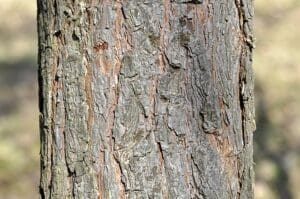
Leaves
The needles are blue/green, 3-8 cm long, and grow in pairs.
Flowers
Male and female flowers grow on the same tree. The female flowers are higher up, on the more exposed branches, male flowers are clustered on the branches below. They typically appear in May.
Fruit
The seeds are inside the cones, the cones start off green and over the course of two years ripen until brown. When ripe the cones open to release the ‘winged’ seeds.
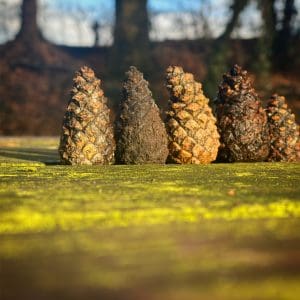
Habitat
As a wild tree it’s mainly found on poor soils at altitude. But it’s also often found planted in mixed woodlands.
Known Hazards
Avoid if pregnant, as it is believed that Pine needles can cause miscarriage.
Could be Confused with
Other Pines perhaps as there are lots of subspecies and cultivars which are all safe to consume.
Yew (Taxus baccata) would be the only toxic lookalike but this has short, flat needles that grow individually.
Edible Uses
The needles are tough and need to be thought of as more of a flavouring than a vegetable. They’re really versatile and good for you but do require a bit of imagination.
The needles can be used to make teas, the needles blended with caster sugar until fine can be used in baking. Steaming vegetables over a pan of water filled with pine needles add an interesting wintergreen flavour.
The green, unripe cones have a really unique flavour that can be extracted using alcohol or sugar syrups – check our recipe here
They’re nice just to nibble on as you’re walking and do quench your thirst quite well.
Notes on Herbal Uses
The needles are very high in vitamin C and are good for fighting infections, a tea made from the needles is said to be useful in treating asthma, coughs and sore throats as well as combating fatigue.
Extra notes from the Foragers
Large areas of the Scottish Highlands were once covered in Pine forests, it’s estimated that only around 1% survives to this day. In England, it was almost extinct until it was reintroduced around 300 years ago.
Leave a Reply
You must be logged in to post a comment.



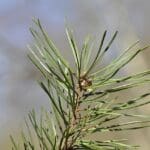
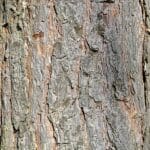
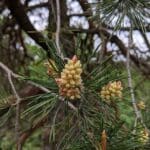
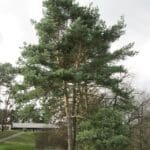
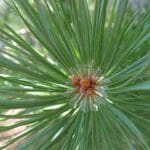
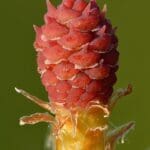



1 reply on “Scots Pine (Pinus Sylvestris) Identification”